About Japanese bee technologies in our country is known quite a bit. On the one hand, it may seem that in various climatic belts and features of the apiary device should differ from each other. But on the other hand, someone else's experience is never superfluous, especially if it is the experience of the ancient and wise country, the tradition of which was built for centuries. In this article we will look at such a design as a Japanese hive. It is the opinion that this type of bee housing is very practical and easy to use, and work on the apiary, equipped with Japanese hives, brings one pleasure.
The main features of the design
The people of an ancient inseptive are not at all in vain for many centuries, uses similar structures. Let's consider the main reasons:
- The process of manufacturing Japanese hives is incredibly simple. This design consists of several corps height from 10 to 20 cm. The diameter of the bee house is approximately 30 cm, but the main difference between such a hive from the usual lies in the absence of the framework. There is a lawsager question: how are there there are cells? The answer to it is very simple: there is a special cross in each design, which fixes the cells in the right position and does not give them to fall. The cross is performed from any convenient material, for example, from a tree or metal wire.
- In the design of the Japanese hive there is only one lower pilot.
- Work with such housing delivers only pleasure, because the process to the impossibility is simple. When warm spring days come, each bee family is provided with several designs. At this time, insects begin to actively construct sockets from top to bottom. With the onset of autumn, the upper hull with honey is removed from the hives, separating them with a metal string. For successful wintering, bees in the hive leave a slot with a height of 40 cm.
- Another plus of this design is that it is not necessary to resort to complex anti-theft methods. So that the insects were not swirling, each family simply divide into two.
- Bribes from Japanese hives is quite large. If a significant amount of medical plant grow in the ramp area, each family is able to build up to 8 housings 15 cm in height.
- The weight of one filled housing ranges from 12 to 15 kg. To pull out the cells from the hive use the most ordinary knife. When honeycombs are cut, they are placed in special bags, and after pumped up honey using the press.
Japanese hive, photo:
The process of creating a bee house
As mentioned above, it is possible to build a similar design very quickly and simple. If you want to know how to make a Japanese hive, we will tell you more:
- Take 4 boards or wooden panels with dimensions of 30x20 cm., At the same time, choose the suitable thickness yourself.
- Build the box from the boat, fixing the details of screws or nails.
- Install the cross in the case inside the housing. You can make it from wooden rails or thick metal wire. This cross will hold the honeycomb in the right position and will not allow them to fall.
The bee house is ready. As you can see, to create a Japanese hive, the drawing with many measurements does not play a special role, although you can search the Internet like a similar scheme.
Japanese Beehive and Way Warre
Wavea Warre is very similar to the traditional Japanese hive, only its design is somewhat more complicated. In this section, I would like to consider the likeness and differences between these two similar technologies of beekeeping:
- Both types of beekelons do not have a framework inside the design. In the hives of Warre, they are replaced with 8 lines that are thin wax strips. From these strips insects begin construction of nests. The Japanese technology implies the presence of 5-6 steel lattices in the upper part of the design of wooden grids of 5-6 mm.
- The Ceiling of Japanese Beehives is made in such a way that bees can freely move along the inner area of \u200b\u200bthe home, overwhelming through the grilles. For the climate of our latitudes, this solution is quite practical, which you will not say about the hives of Warre, in which the canvas is installed above the straps.
- In the Japanese version there is a cross, which fixes the cells and does not give them to fall. It allows you to cut the top housing with a metal string and at the same time the lower housings will not fail, since the cells in Japanese ule are one-piece design. In the technology of Warre insects do not complete the cells to the top of the lower case, so it turns out with a slight gap. This can be considered a disadvantage, because in the cool spring days, when the bees grow offspring, they have to spend extra forces on the heating of the dwelling.
- Woven Warre has the following sizes: The height is 21 cm, width and length - 30 cm. The outdoor parameters can be different, it all depends on the thickness of wooden panels or boards. This format of bee housing is explained by many years of observations of insects, their living conditions and work. Two buildings of Warre's horses have a total volume of 36 l, which allows to accommodate 480 cm² of bee cells. During wintering, the bees on the feed are leaving 360 cm² of cells, which contain about 12 kg of honey. The remaining free space of the hive occupies a young breakdown. The dimensions of the Japanese design are as follows: height 15 cm, width and length from the inside - 22 cm. The height of such a hive makes the process of its manufacture easier, because it is much easier to get a $ 15 cm board than 20 cm.
- The design of the hive Warre implies the expansion of the body of the book. This is a plus, because it reduces the risk of perching bees during the opening of the nest. In the hive of Warre, a favorable microclimate for individuals is preserved.
- The method of creating chains in such pcheldomas is quite simple. To do this, raid the old individuals on the breakdown.
- The amount of honeycomb in the hive of Warre is 9 pieces, and in the Japanese construction - approximately 7 pieces. In addition, in the last version of the bee they independently determine how much cells to build them.
Japanese hive, video:

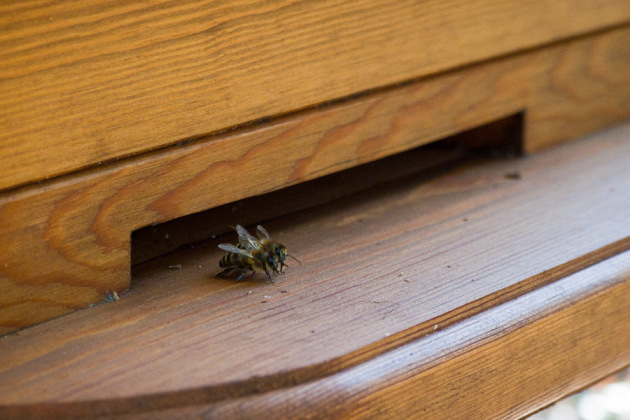
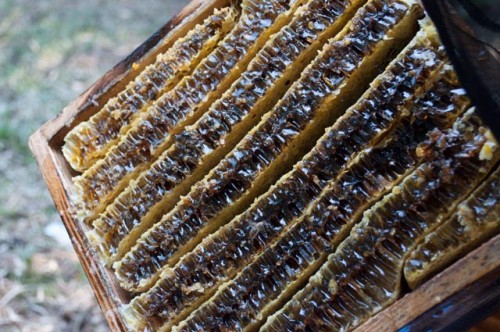
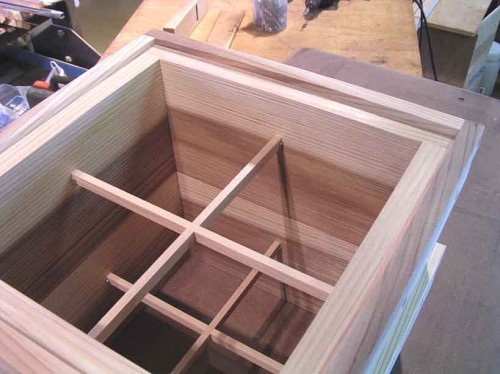

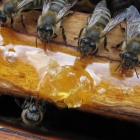
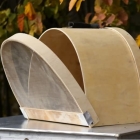
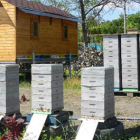
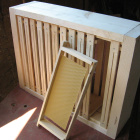

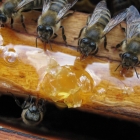
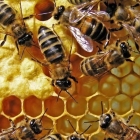
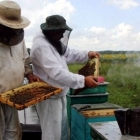
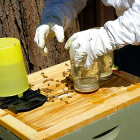
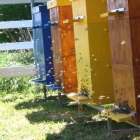
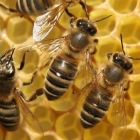
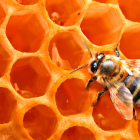
 Start a discussion ...
Start a discussion ...